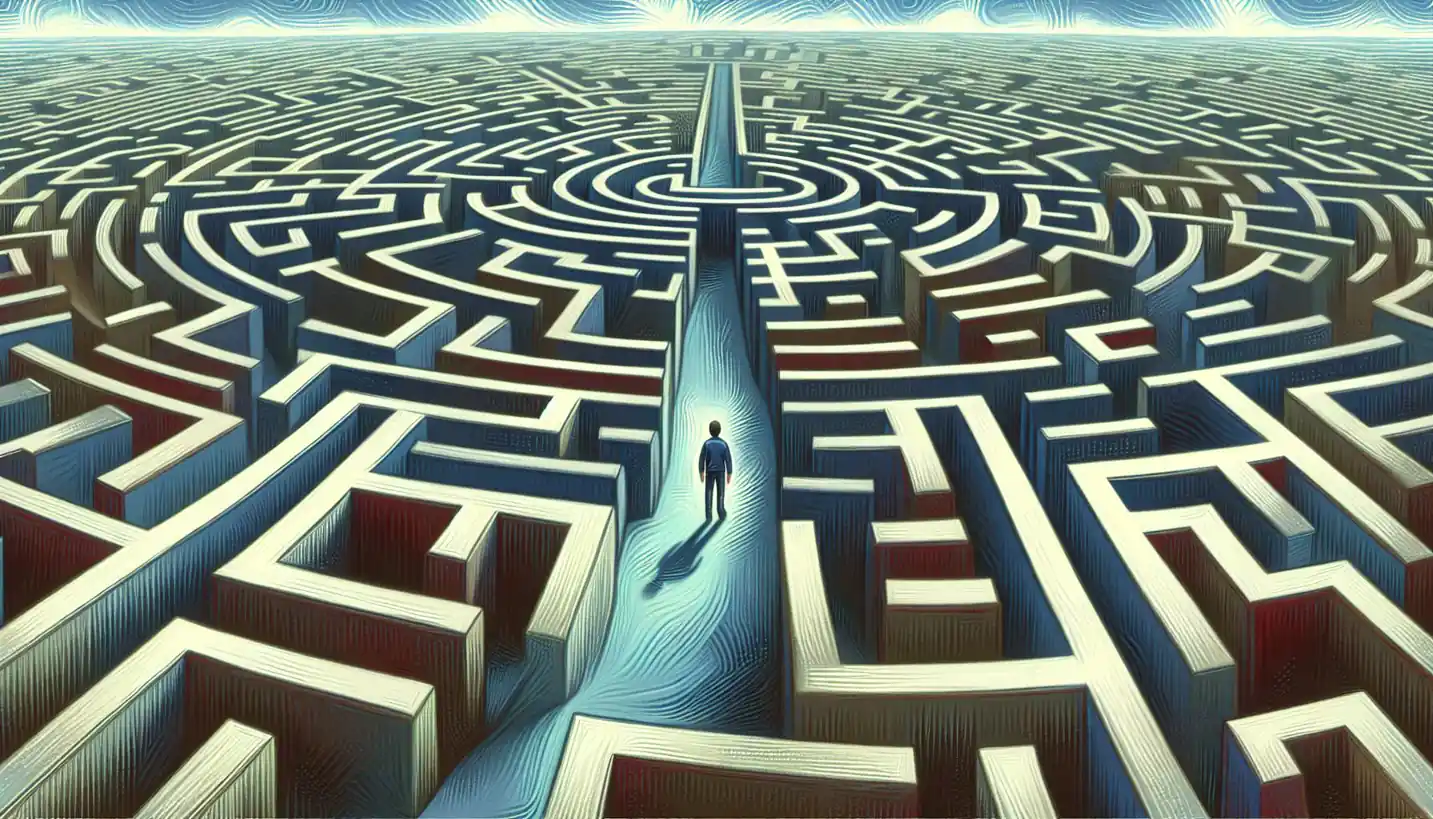· Psychology · 4 min read
Attachment Theory: Unraveling the Bonds That Shape Our Lives
Attachment Theory unravels the bonds that shape our lives, explaining how early relationships impact personal development. Discover the pivotal role attachment plays in shaping who we become.

Everyone knows that feeling of comfort you get from being with someone you trust. This feeling has a lot to do with a concept in psychology called attachment theory. Think of it like an invisible string that ties us to the important people in our lives. It’s a way to understand how these bonds form and why they matter so much.
Attachment Theory in a Nutshell
At its core, attachment theory is all about the relationships and emotional bonds we develop, starting in early childhood. The kind of attachment we form with our primary caregivers can deeply influence our social and emotional development. It all started with a psychologist named John Bowlby. Bowlby believed that children’s attachments are crucial for survival and development. He argued that these bonds provide a secure base from which a child can explore the world.
The Strange Situation: A Key Experiment
Mary Ainsworth, a psychologist who worked alongside Bowlby, created an experiment known as the “Strange Situation” to understand these attachments better. Imagine a room filled with toys and a parent sitting quietly while their toddler plays. The parent leaves, and a friendly stranger enters before the parent returns. Watching how the child reacts in these situations helped Ainsworth identify different attachment styles.
Different Attachment Styles
From her observations, Ainsworth came up with several main types of attachment:
Secure Attachment: These children feel safe and trust that their caregiver will return. They might be upset when the parent leaves but are easily comforted when they return. This is the ideal attachment style, leading to healthy relationships as adults.
Anxious Attachment: Kids with this style might be extremely upset when their caregiver leaves and not easily comforted upon return. They often worry about being abandoned.
Avoidant Attachment: In this style, children seem indifferent to the caregiver’s absence and return. It might look like independence, but it often hides a lack of trust or fear of dependency.
Disorganized Attachment: This less common style is characterized by confusion and anxiety. Children might act in unpredictable ways, like seeking comfort and then pulling away.
Why Attachment Matters
Attachment styles formed in childhood can follow us into adulthood, influencing our friendships, romantic relationships, and even how we parent our own children. A secure attachment in childhood often leads to healthier relationships, while insecure attachments can sometimes lead to challenges in connections and trust as adults.
Real-World Impact
Imagine Jane, a woman in her thirties. She’s in a loving relationship with her partner, Sam. When they argue, Jane trusts that they’ll resolve things because she developed a secure attachment style as a child. On the flip side, consider Mike, who experienced an anxious attachment early on. He often feels insecure, worries about whether people truly love him, and sometimes struggles to maintain stable relationships.
Building Better Bonds
Understanding attachment theory isn’t just about looking at our past; it’s also a tool to improve our future. By recognizing our attachment styles, we can work towards healthier relationships. If someone identifies with an insecure attachment style, therapy and self-reflection can help develop more secure connections.
Understanding the Nuance
Attachment isn’t a one-size-fits-all. It’s shaped by various factors, including a child’s temperament, the parent’s responsiveness, and even socio-cultural influences. For instance, a parent who is consistent and sensitive to their child’s needs will likely help develop a secure attachment. But if a parent is overly critical or neglectful, it could lead to an insecure style.
The Broader Implications
Attachment theory isn’t just a personal tool; it’s also important in clinical psychology, helping therapists understand the root causes of behavioral and emotional issues. It has widespread applications in education, social work, and even in understanding societal dynamics.
The Science Behind the Scenes
Underlying attachment theory is an intricate dance of biology and environment. For instance, studies have shown that the hormone oxytocin, often related to bonding and affection, plays a role in attachment. So when parents cuddle and care for their babies, oxytocin helps build those strong emotional bonds.
Charting New Territory
While attachment theory offers profound insights, there’s still much to explore. Researchers are delving into how digital communication affects attachments, or how attachment influences our professional relationships. Such inquiries not only fuel our curiosity but also help in crafting richer, more supportive communities.
Questions Worth Exploring
As you ponder the role of attachment in your life, consider: How might your childhood attachments influence your adult relationships? What steps could you take to build more secure bonds?
In conclusion, attachment theory isn’t just about understanding what happened in our early years. It’s also a roadmap to understanding ourselves better and forging the paths to healthier, more fulfilling relationships throughout our lives.


